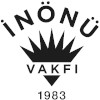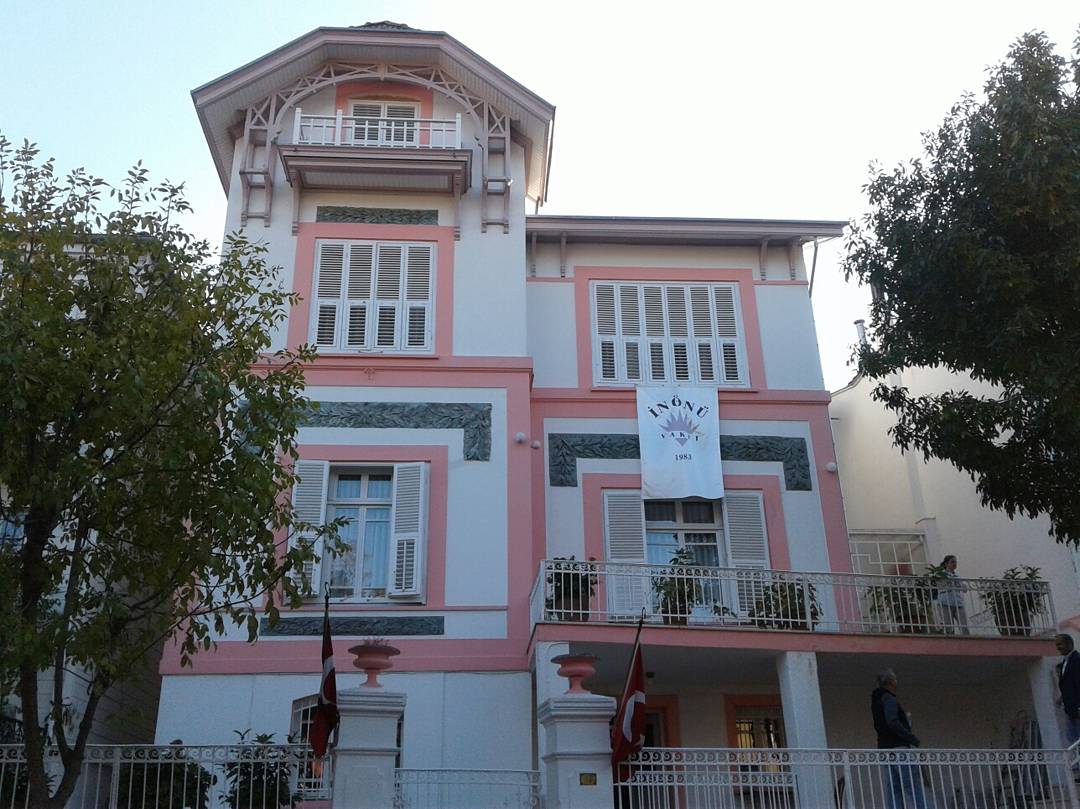The Founding Of Community Centers and Their Activities
Why the Community Centers
The “Türkocağı” Alternative
The Establishment of Community Centers and Their Activities
The Eradication of Community Centers
Written by: Ali Nejat Ölçen
It is necessary to remember the speech Prime Minister İnönü made on February 19,1932 on the occasion of the opening of Community Centers. He said: “The power which is stronger than any kind of weapon is the togetherness and strength gained by national life in the whole nation.” The first article of the ‘General Principles’ section of the Community Centers Regulation described this principle as follows: ‘The Community Centers are meeting and work places where people who feel the love of their country as a sacred and progressive excitement get together. Therefore the doors of Community Centers are open to all citizens whether or no they are members of the party.’
The Regulation stated that “ the presence of a library and a reading room is one of the first conditions for the founding of Community Centers”. This meant that these establishments were primarily envisaged to be mediums of culture. It was accepted as a condition that “ in places where the building is not suitable, the should be a cabinet or a shelf for books.”
Community Centers had the important function of undertaking Mustafa Kemal Atatürk’s “enlightenment revolution” and carried this function to the masses by opening libraries and organising art and culture activities. Hence, they presented contemporary facilities for the Anatolian people’s thirst for culture.
The revival of our folklore and folk songs is the product of the efforts of Community Centers to convert the populism principle from theory into practice. In fact , in Article 33 of the Regulation it was stipulated that “ music and performances sould be based on international modern music and our national music.” The Community Centers not only pioneered in the development of our folklore and and folk songs , which for centuries, had been ignored and deprived of development opportunities on contemporary measures , they also enabled the nation to express itself through music and songs. In Article 36 of the Regulation it was stipulated that “the notes and words of the national songs sung in the villages and tribes as well as the style and harmony of the dances should be determined.” If these efforts of the Community Centers had not been realized Anatolian folklore could have been left in the darkness of history.
The function of Community Centers was not limited to the activities in arts, culture and sports. As required by Article 44 of the Regulation, efforts were directed towards” awakening feelings of social compassion and help concerning forlorn and needy women and children, disabled people,and the elderly who are bereft of strength”.
In 1935, 330 prisoners in the Ankara prison were taught to read and write, and 148000 people watched films in an open air cinema built by the Centers.(1)
The increase in the number of members in a short time showed the support people gave to such artistic, cultural and social activities.
For example, in the 5th year of the establishment of Community Centers the number of members increased to 55000 and the number of books in their libraries reached 10555.
Diagram 1 : The Increase in the Number of Community Centers
| Years | Community Centers |
Community Rooms |
| 1932 | 14 | – |
| 1935 | 55 | – |
| 1940 | 379 | 44 |
| 1945 | 438 | 2688 |
| 1951 | 478 | 4322 |
Source: The Working Reports of Community Centers
Community Centers were opened in cities and Community Rooms in rural areas. The development ofcultural and artistic activities and the development of social cooperation awareness in the urban and rural areas were conducted simultaneously.
The number of provinces that had more than 100 Community Rooms in 1950 were:
Konya: 187 Community Rooms
Afyon: 174
Kütahya: 159
Trabzon: 149
Muş: 131
Kayseri: 128
Ağrı: 123
Diagram 2 Shows the speedy development of the activities of Community Centers in their establishment stage. The number of readers in the Community Centers increased from 160 thousand in the 3rd year of their establishment to 2.5 million in 1941.
Diagram 2: The Development of the Activities of Community Centers:
| Years | 1935 | 1938 | 1941 |
| No. of Community Centers | 103 | 209 | 383 |
| No. of Members | 54 595 | 105 000 | 144 500 |
| Theaters | 732 | 1 703 | 3 250 |
| Concerts | 776 | 1 420 | 1 750 |
| Cinemas | 636 | 1 760 | 1 550 |
| Conferances | 1 503 | 2 727 | 5 100 |
| No. of Books | 39 386 | 106 000 | 419 250 |
| No. of Readers | 160 573 | 1 095 910 | 2 461 813 |
In 1935 , 1500 conferences were organised and this number increased 4 times in 1941.
All these developments showed that under the roof of Community Centers, the demand of the people for development and the popularisation of the “enlightenment revolution” coalesced. Diagram 3 is meaningful in this respect. It shows that in the Community Centers of the provinces that are devoid of books, the number of reading per person is higher. For example, in Ankara, approximately 1 book was read per person in the Community Center Libraries in a year while this number was 29 in Bitlis, 14 in Kars and18 in Kula.
This was an indication of the thirst for reading in Anatolia. As large city centers became distant, it was the Community Centers that answered the society’s need to read and take part in cultural and social activities .
Diagram 3: Number of Books and Number of Books Read Per Person In Community Centers
| No. of Books | No. of Readers |
No. of Reader Per Book |
|
| Adana | 2 377 | 37 558 | 15.8 |
| Afyon | 5 339 | 10 990 | 2.0 |
| Ankara | 18 953 | 16 539 | 0.9 |
| Bitlis | 400 | 11 700 | 29.3 |
| İstanbul | 4 624 | 26 111 | 5.6 |
| Kars | 168 | 2 365 | 14.0 |
| Kayseri | 3 110 | 27 730 | 8.9 |
| Konya | 2 684 | 12 035 | 4.6 |
| Kula | 731 | 11 975 | 18.3 |
| Muş | 1 000 | 3 540 | 3.5 |
| Total: | 39 386 | 285 757 | 7.3 |
The number of members in Türkocakları Institutions increased to 30 000 in 13 years whereas the number was twice as many in Community Centers in their 5th year.
In 1950 it was inevitable for the government which was supported by feudal powers,to aspire to annihilate the objective cornerstones of Mustafa Kemal reforms; and that government, in fact, completed the reappearance of the counter revolution process in an orderly manner. The fact that the Liberal Party Program adopted principles such as support for foreign capital (Article 4) and refusal of government intervention in the private sector (Article 5) and the racist, conservative and reactionist attributes of its founders and members turned into official ideology with the Democratic Party rule. The secular, populist and republican state concept had enabled the Community Centers to supplant the Türkocakları organisations. Similarly, the counter revolution process , by its very nature, would abolish Community Centers and would put on the agenda the awakening of ‘Türkocakları’. An analysis of the TGNA proceedings of that period will shed light on the purpose of the closing down and annihilation of Community centers.
Footnotes:
1) Ankara Halkevi. TBMM kitaplığı, no.74-2110, si 31






